September 20, 2022
To Tackle Climate Change, Cities Need to Rethink Parking
At the intersection of Parking Day and Climate Week this September, it is critical to raise awareness of the impacts that systemic parking policies have had on the provision of urban space, increased car usage, and growing greenhouse gas (GHG) emissions worldwide.
Cities are recognizing that more efficient parking policy and management is crucial to reducing driving demand and achieving broader climate, health, and livability goals.
It goes without saying that — for every car and vehicle trip — parking is viewed as a necessity from beginning to end. Since the advent of the motor vehicle, the development of parking storage has been made as much of a priority as highway and road infrastructure, perpetuating a ‘car culture’ that exists around the world today. With 1.5 billion cars projected to be on the roads globally by 2025, the development of more parking space will only exacerbate inequity and accelerate climate change if we do not prioritize sustainable and accessible forms of transport over cars. Given that an estimated 41% of global emissions come from passenger cars alone, we need more efficient management, pricing, and reduction of on-and off-street parking to help de-incentivize driving, mitigate emissions, and reclaim valuable public space. Cities worldwide urgently need to re-assess outmoded parking policies to protect the environment and improve quality-of-life for all residents.
An Uneven Legacy of Parking Policy
Over the last century, urban planning has put a focus on parking minimum policies in nearly all types of developments, based on the premise that cars would be the dominant mode of transport and a necessity for travel in and around cities. Requirements for new construction developments included designating a corresponding amount of space to off-street parking — typically one space for every residential unit, regardless of resident demand or vehicle ownership. This has led to the chaotic conditions we see in cities worldwide — an overabundance of unnecessary off-street parking lots and garages, all valuable space that could have been allocated to more housing, community space, or commercial uses. This history of parking minimums has ultimately driven down the cost of parking in many cities by providing an excess of free and low-cost parking space, compelling drivers to take more trips by car (even unnecessarily) with the assumption that there will always be a place to park.
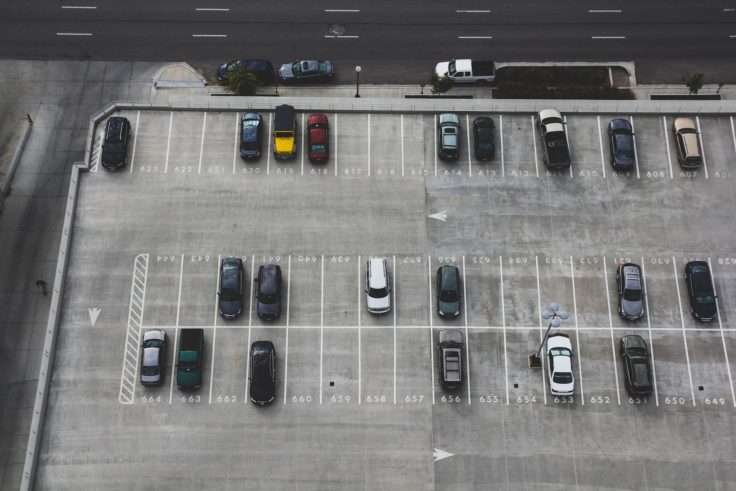
On-street parking has had a similar trajectory — cities have historically struggled to accommodate the growth in vehicle ownership they have experienced, and urban planners have continued to dedicate more street space to vehicle throughput and storage. The primary goal of transport planners has historically been to facilitate fast, convenient travel for passenger vehicles with the short-sighted view that ‘parking problems’ stemmed from a shortage of space. As a result, cities have continued to dedicate valuable curb space to free and underpriced on-street parking, perpetuating a cycle of encouraging drivers to take more trips by car rather than choosing alternative transport modes. This contributes to dysfunction in many cities — just think of the number of vehicles idling or circling for parking in any city center — that compounds emissions while putting the needs of drivers at the forefront.
Uneven parking policy has also had a number of implications on equity within cities. Allocating public resources to building free and low-cost parking ultimately shifts the costs onto everyone, so that low-income communities end up having as big of a role in subsidizing infrastructure that tends to benefit wealthier car owners and those able to afford recurring fuel costs. At the same time, public transit systems — whose ridership tends to be composed of lower-income populations — remains perpetually underfunded in many cities. Those that stand to benefit most from the continued expansion of parking infrastructure on streets and in commercial and residential developments are those that are already well-resourced, although all of us end up shouldering the related economic and environmental costs.
To promote awareness and progress on parking reform, ITDP has been working for over a decade on parking policy around the world to shift demand for driving and highlight more sustainable and equitable forms of transport — read more in our reports on on-street parking pricing management and taming traffic strategies released in 2021.
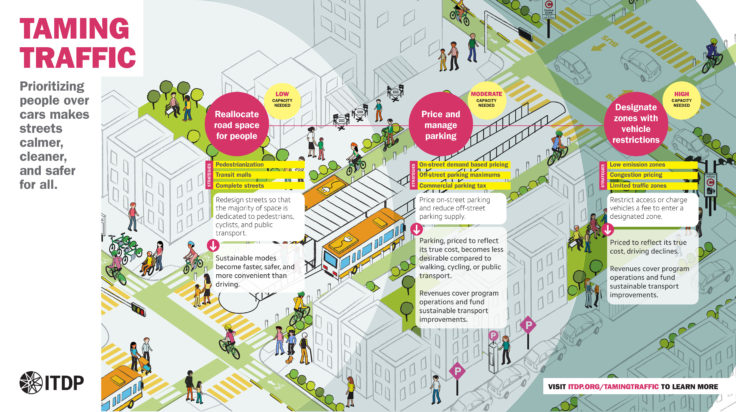
Parking’s Climate Impact
In the past decade, it has become clear that the provision of expansive and low-cost parking serves to induce more driving and unsustainable uses of urban space. Systemic policies that have created so much available parking space has led to built environments that are overall less walkable and cycling-friendly, and less accommodating for key public transit networks. This has created urban transport systems that makes driving appear to be the optimal choice for both essential and non-essential trips, and has led to a number of negative consequences for the environment, particularly when it comes to rising emissions and worsening air quality in many cities.
In the United States alone, an estimated 3.1 billion gallons of gasoline are expended due to congestion each year, with an estimated 30% of fuel wasted due to vehicles navigating in search of parking — the equivalent of 18.6 billion pounds of carbon emissions annually. In addition to compelling more driving and emissions, parking space and storage also tend to be composed of unsustainable, resource-intensive, and non-porous materials (asphalt, concrete, gravel, etc.) that contribute to urban heat island effects and compound stormwater pollution and runoff — issues which will be exacerbated by intensifying weather events. Parking policy reform is one crucial strategy for cities to tackle climate change, in addition to make walking, cycling, and public transit infrastructure more appealing, affordable, and accessible for all.
To that end, promising progress on parking have taken off in recent years as cities recognize the need to reclaim public space, generate more revenue, and reduce overall demand for driving. Many city governments are beginning to take the view that pricing and managing on and off-street parking supply more efficiently is critical to better transportation and city planning in the long-term. From Mexico City to Beijing, we can see encouraging and steady progress being made on urban parking reforms that envision a future where sustainability and livability are priority.
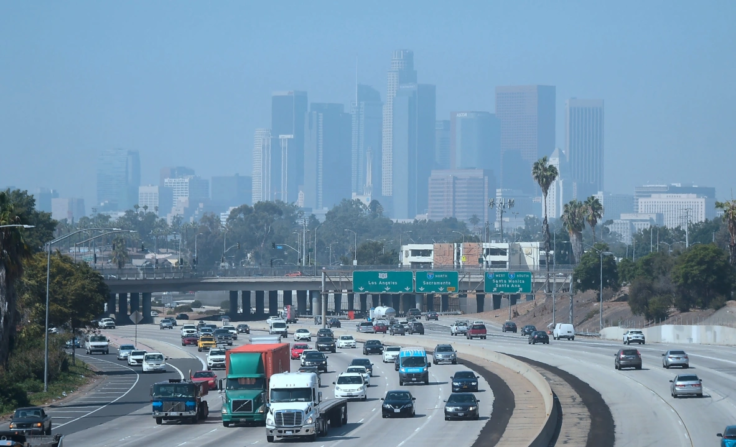
Places Reshaping Parking
Beijing, China
Since 2013, ITDP China has worked with the Beijing Municipal Commission of Transport to develop new forward-thinking parking strategies. Over the last decade, to combat hazardous and unregulated parking behaviors that have taken hold citywide, Beijing has taken measures to eliminate free on-street parking, implemented new on-street parking management systems, and reclaimed street space for pedestrians and cyclists. The city took major steps to overturn parking minimums for commercial developments and instituted maximums, while encouraging the use of more ‘shared parking’ practices between residential and commercial areas — reducing the overall need for new parking construction.
Another key policy has been to use technology-forward parking management systems to regulate on-street parking, minimize congestion and idling, and collect critical data on driving behaviors to better inform future policies. In a bustling city of over 21 million people, parking reforms and implementation are a gradual process in Beijing, but pilot interventions in the city’s central districts offer hope for changes that can be instituted across the metropolitan area. Read more about ITDP China’s work on parking reforms in this Guidebook here.
Mexico City, Mexico
Mexico City is a key regional example of a city that has committed to easing congestion and driving by addressing parking reform directly. In 2017, the city announced changes in the construction code that would curtail the development of further off-street parking in new developments. This change transformed traditional minimum parking requirements to maximums and put Mexico City, the largest city in North America, on a path towards reducing car use and mitigating rising emissions and pollution. ITDP Mexico has been at the forefront of advocating for crucial changes to parking regulations in the city for over a decade, in collaboration with local and federal government agencies.
With recent reforms, real estate developers have the opportunity to design developments that utilize space for more housing or commercial purposes rather than car storage. An estimated 11,000-17,000 cars will be removed from Mexico City’s roads per year between 2017 and 2030 as a result. In addition, any developer that seeks to build parking at certain levels above the maximums would incur additional charges — revenues which the city will then funnel towards improving public transit networks. Overall, these changes serve to reduce incentives for driving and, hopefully, enhance infrastructure for more sustainable and equitable transport modes. Read a timeline of ITDP Mexico’s work with Mexico City on parking reform here.
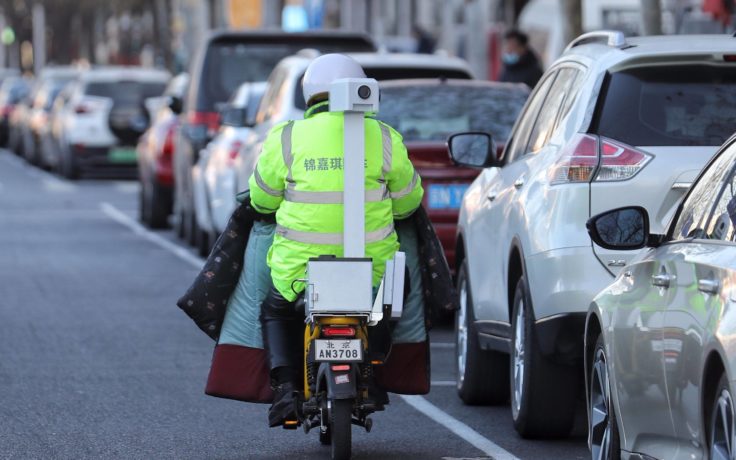
Delhi, India
In 2019, the Delhi Government formulated the Delhi Maintenance and Management of Parking Places Rules, which aims to improve and overhaul parking management in Delhi to make streets safer, more accessible, and more sustainable. Among other proposals, the policy takes progressive steps to address the surge in congestion and haphazard parking that is a daily occurrence in the city of over 18 million. Proposed solutions include protecting pedestrian access on streets in all residential areas, employing the use of parking management technologies to increase efficiency, and instituting a dynamic pricing mechanism to limit demand and discourage driving.
Under the policy, Delhi’s municipal agencies will produce parking management area plans with neighborhood-specific solutions that emphasize pedestrians, cyclists, and public transit. One example includes the 2022 Plan compiled by C-SEC for the Green Park Metro Station that calls for better parking management around the region’s metro-rail stations in particular, in order to promote more ridership of the extensive rail network. The adoption of place-specific and tailored parking policies offer a key opportunity for Delhi to test and refine interventions that can be applied to cities across the country. Read more about ITDP India’s work on local and national parking reform here.
California, US
In 2022, a state-wide bill was put forth that seeks to end parking minimums in large areas of the state of California’s cities and suburbs. The bill aims to prevent cities from mandating more parking in new development projects near transit stations to put the focus on public transit as a primary mode of transport. In a state often associated with ‘car culture’ and where a city like Los Angeles has over 6 million parking spaces (about 1.5 per resident), parking space has often been prioritized in overabundance over needs like housing. California’s new bill directly links parking reform as a strategy for addressing a growing housing shortage by allocating more urban space for residential development rather than vehicle storage.
Parking regulations — particularly those around minimums — have long been outdated and out-of-touch with actual demand across the US, as detailed in ITDP US’s Ideas to Accelerate Parking Reform in the United States report. With a particular focus on the intersection of parking, land use, and climate change, California’s proposal builds on similar reforms that have already taken place on the state’s local levels — San Francisco stopped requiring parking in 2018; San Diego stopped requiring parking near transit in 2019; and, in 2021, the state allowed affordable housing near urban transit to go ahead without any parking at all. While the bill is still pending review, California’s policymakers are beginning to take necessary, decisive action on parking and may just inspire other states and cities across the US to follow suit. For more on strategies for accelerating parking reform in the US, view ITDP’s webinars here.
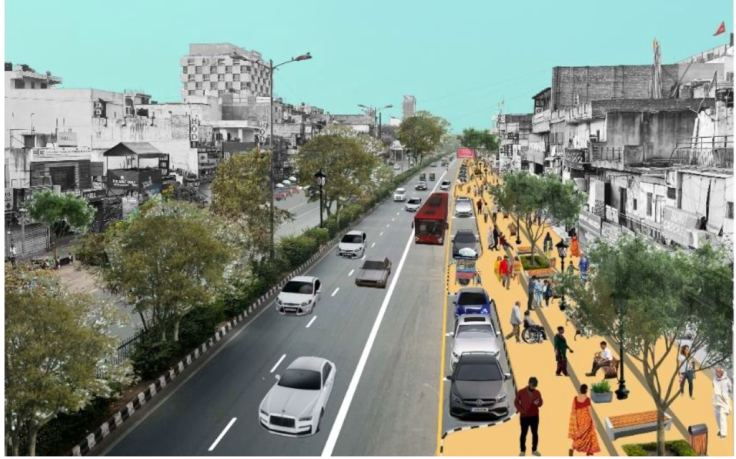
Many cities, policymakers, and urban planners worldwide now recognize that the ways in which they approach the construction, enforcement, pricing, and management of parking is a very powerful tool. Used equitably, it can begin to rectify past car-focused policies, invest in better urban transport, and direct more people to modes of travel that are healthier, more affordable, and more sustainable than driving. We cannot continue the status quo of expanding low-cost and free parking in our cities that prioritize car owners and drivers while placing the physical, financial, and environmental burdens on everyone. Rather, we need cities to take action now to reallocate and re-envision urban space and resources for public transit, housing, and cycling and pedestrian infrastructure that puts people, and the planet, at the forefront.
View ITDP’s “Parking Space is Public Space: Managing Parking for More Inclusive Cities” webinar >>
